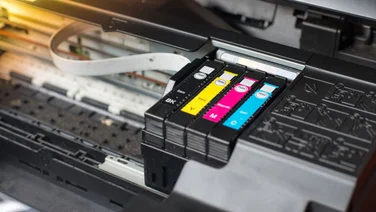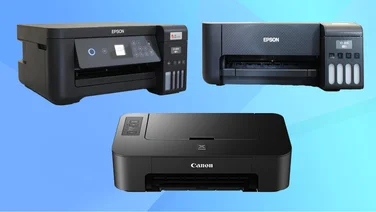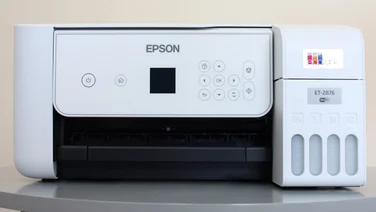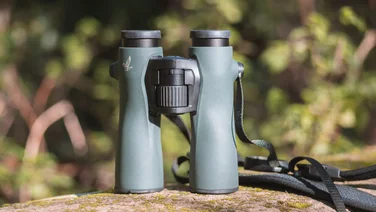To help us provide you with free impartial advice, we may earn a commission if you buy through links on our site. Learn more

















Compact system cameras (CSCs) have reached new heights of sophistication and refinement this year. While it’s nice to be spoiled for choice, it also makes the choice much harder. With the X-M1, Fujifilm raised the bar for image quality, with exceptionally sharp details and low noise from its innovative X-Trans sensor. Its nippy performance, superb controls, Wi-Fi and elegant appearance with a hint of retro chic didn’t hurt its chances, either. However, with a price just shy of £700, it’s more expensive than other cameras with similar features, such as the Sony NEX-5R (and the practically identical NEX-5T which simply adds NFC to the its already strong list of features).

The Fujifilm X-A1 tucks in below the X-M1 to form the new entry-level model in the X Mount line-up. From the outside the two cameras are almost indistinguishable. Other than the inscription on the front, the only difference we can spot is the texture to the front of the camera body. Wi-Fi is built in for wireless transfers to Android and iOS devices, but there’s no remote control function.

Both cameras use the same articulated LCD screen and the same controls. There’s a dedicated mode dial and dual command dials for direct access to shutter speed, aperture and exposure compensation, depending on the selected mode. The Fn button is customisable and makes for a useful ISO speed control.

There are labelled buttons on the back for autofocus area, white balance, macro focus and drive mode. Pressing the Q button reveals 15 icons on the screen for quick access to everything from autofocus mode to film simulation presets and even LCD brightness. It’s arguably the most elegant and efficient control system on a CSC.
THE BIG BUT – CLICK IMAGE SAMPLES TO ENLARGE
The crucial difference between the two cameras is the sensor. It has the same 16-megapixel resolution and the same physical size – exactly the same size as consumer SLRs’ sensors. However, while the X-M1 uses Fujifilm’s latest X-Trans technology, the X-A1 uses a more conventional sensor design.
As a result, the X-A1 couldn’t replicate the stunning sharp details and low noise that we saw from the X-M1. In fact, details looked slightly imprecise not just compared to the X-M1 but also up against the Sony NEX-5R and Panasonic GX7. The difference was pretty subtle, and in many photos we were hard pressed to notice it at all. However, dense textures proved to be a trickier challenge. We wouldn’t describe detail levels as poor, but they weren’t quite up to the standard we’d hope for from a 16-megapixel CSC.

Details in this photo look pin sharp, and the delicate textures on the leaves have been captured beautifully

It hasn’t got on so well with this dense texture, though

Comparing 1:1 pixel crops from four 16-megapixel CSCs’ JPEG output at their slowest ISO speeds, there’s not much to choose between them in their handling of the eye and mouth details. However, the hair texture isn’t as crisp in the X-A1’s output. The X-M1 comes top here, with the Panasonic GX7 not far behind

Processing RAW output in Lightroom gives only a slight boost to the fidelity of fine details. Note the blocky appearance of the leaves in the foreground that are catching the light. Lightroom normally manages to produce sharper, cleaner details from RAW files than this
Low-light tests gave less cause for concern, with little evidence of noise at ISO 3200. However, JPEGs exhibited tell-tale signs of heavy noise reduction, with even less definition to subtle details such as skin, hair and fabric. It’s still a great result, and broadly in line with the superb noise levels we’ve seen from Sony NEX cameras. However, it can’t live up to the high standards set by the X-M1.

There’s no hint of noise is this ISO 1000 shot, but there’s not much fine detail to the hair and fabric

Still looking pretty clean at ISO 3200, although noise reduction has given the skin tones and t-shirt a slightly smeary quality

This ISO 6400 shot is a borderline pass for us – there’s very little fine detail

Processing RAW in Lightroom gives a small boost to low-light image quality
PERFORMANCE
The new sensor hasn’t affected continuous performance, matching the X-M1 with a 5.5fps top speed. With a fast SDHC card it kept that pace for 44 shots before slowing slightly to 4.4fps – a tremendous result. Switching to raw mode saw performance fall to 1.4fps after 11 shots. Autofocus wasn’t as responsive as on the X-M1, though. We measured times of 0.5 to 0.9 seconds between fully pressing the shutter button and capturing a photo. The X-M1 managed 0.3 to 0.4 seconds in the same test. This contributed to a slightly disappointing 1.2 seconds between shots in normal use – hardly a poor result, but the Panasonic GX7 proves that SLR-like performance is possible from a CSC with its 0.4-second shot-to-shot time. We also found that autofocus was a little unreliable when shooting moving subjects in low light.
The video mode is light on features, with a fixed 30fps frame rate, a 14-minute maximum clip length and no control over exposure settings. Details in videos were a little sharper than we saw from the X-M1, but we spotted moiré interference on repeating patterns such as bricks and fabric. Video autofocus wasn’t really up to the job, with regular focus hunting when recording nearby subjects.
CONCLUSION
The prospect of a more affordable X-M1 is appealing. £700 is a worryingly large amount to spend on a compact camera, while £500 seems a little more sane. It’s great to find the same controls at this price, but that’s only half of the X-M1’s success story. Without its outstanding sensor, the X-A1 isn’t nearly as enticing, even at this price.

The range is beautifully-formed, but small in terms of lens support
With less reasons to love it, the reasons to be wary become more prominent. It’s relatively heavy and bulky for a CSC, its video mode is disappointing and X Mount lenses are expensive and few in number. It’s still an impressive camera, but by today’s lofty standards, that’s not enough to stand out.





